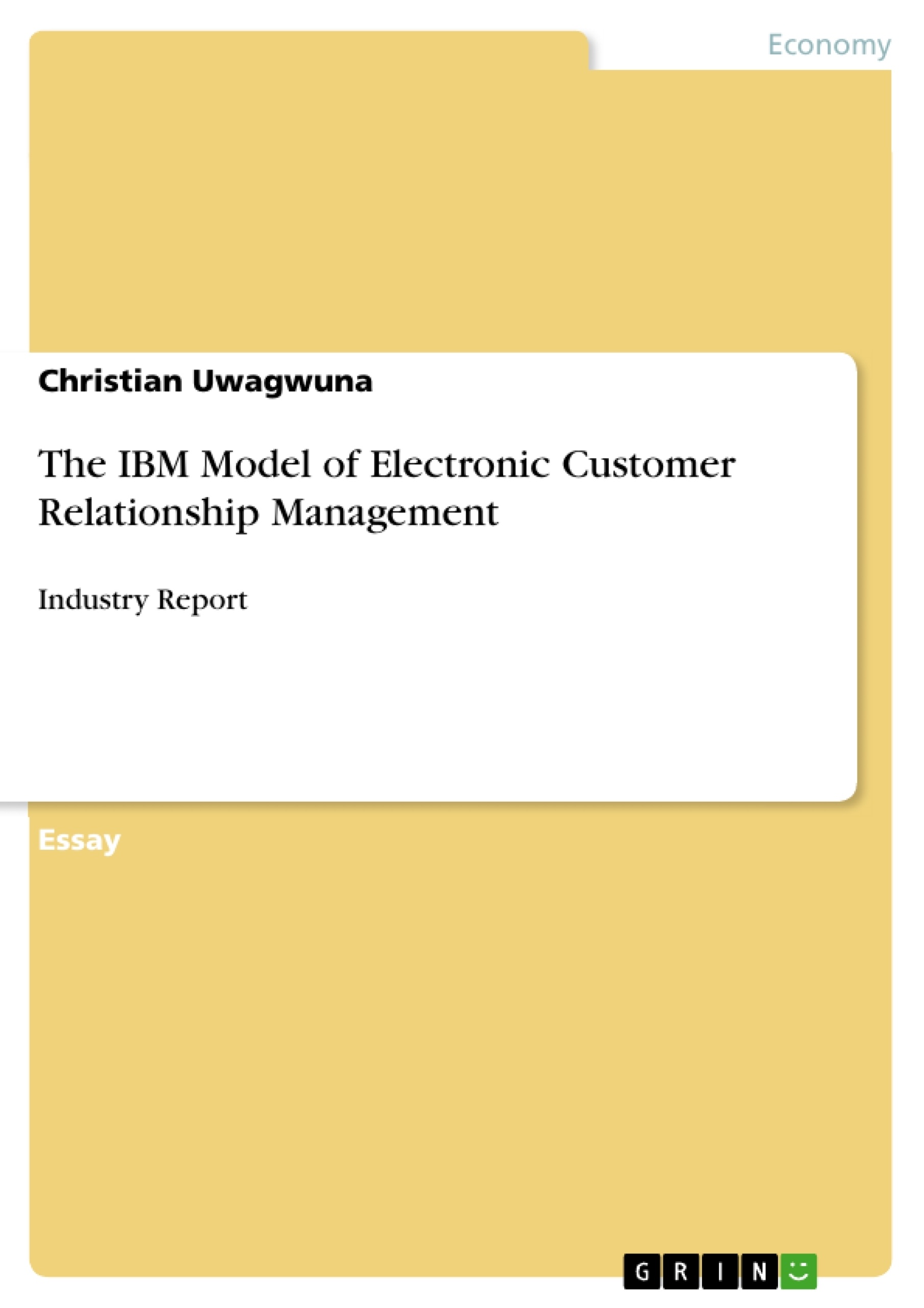Introduction
With the dynamic nature of the global business environment and increasing competitive pressure, organizations are shifting from product-focused strategy to consumer-focused strategy. With the advent of internet, consumers are becoming more knowledgeable and more aware of the various opportunities available to them. The internet has provided easy access to new products and access to more options leading to an expanded competitive advantage for the
consumers, greatly enhancing their choices, value and pricing flexibilities in many cases.
Customer retention and loyalty has become a nightmare to many organizations, and organizations are now involved in what can be termed “a relationship competition” between organizations and their clients, as customers can switch from one product to the other at the
click of the computer mouse. In order to counter this phenomenon organizations are investing heavily in technologies enabling a customer-focused relationship marketing strategy. With tremendous growth in e-business and web-based services, organizations are therefore shifting to an internet based customer relationship management, hence the birth of electronic customer
relationship management (E-CRM).
In this report a comprehensive analysis of how IBM uses electronic customer relationship management (ECRM) to gain insight and understanding of their customer’s needs and want is carried out and also how to improve customer’s relationship by satisfying those needs.
[...]
Table of Contents
1. Introduction
2. E-CRM Backgrounds and Related Theory
2.1 What is E-CRM?
2.2 Elements of E-CRM
2.2.1 Different Approaches to E-CRM
2.2.2 Operational CRM
2.2.3 Sales Force Automation
2.2.4 Customer Service and Support
2.2.5 Enterprise Marketing Automation
2.2.6 Analytical CRM
2.2.7 Collaborative CRM
2.3 A Single View to Customer
3 Introduction to IBM
3.1 Problem Background
3.2 Old Way of Interacting with Customers
3.3 Understanding the Customers
3.4 Re-engineering of customers relationship
3.5 Impact of E-CRM of IBM Operations
4 Conclusion
5 Recommendation
6 References
7 Bibliography
8 Appendix



